Being out of darts in a game of darts means you’ve reached a point where you cannot finish the game with a double or the bullseye, often due to an awkward remaining score. This article explores how to avoid and recover from being out of darts, covering optimal checkout strategies and scores to avoid.
⚠️ Still Using Pen & Paper (or a Chalkboard)?! ⚠️
Step into the future! The Dart Counter App handles all the scoring, suggests checkouts, and tracks your stats automatically. It's easier than you think!
Try the Smart Dart Counter App FREE!Ready for an upgrade? Click above!
Understanding ‘Out of Darts’ Scenarios
The term “out of darts” describes a situation every darts player dreads. It occurs when you’re left with a score that’s impossible to finish with a double (numbers on the outer ring of the dartboard) or the bullseye. This can happen due to miscalculations, unexpected scoring changes, or simply a bit of bad luck. Understanding why it happens is the first step to preventing it.
For example, leaving yourself with an odd number other than 1, any number above 40 that isn’t a multiple of 2 or doesn’t allow for a comfortable setup shot, or numbers like 163, 166, 169, 172, 173, 175, 176, 178, or 179 are all prime examples of scores where you are out of darts.
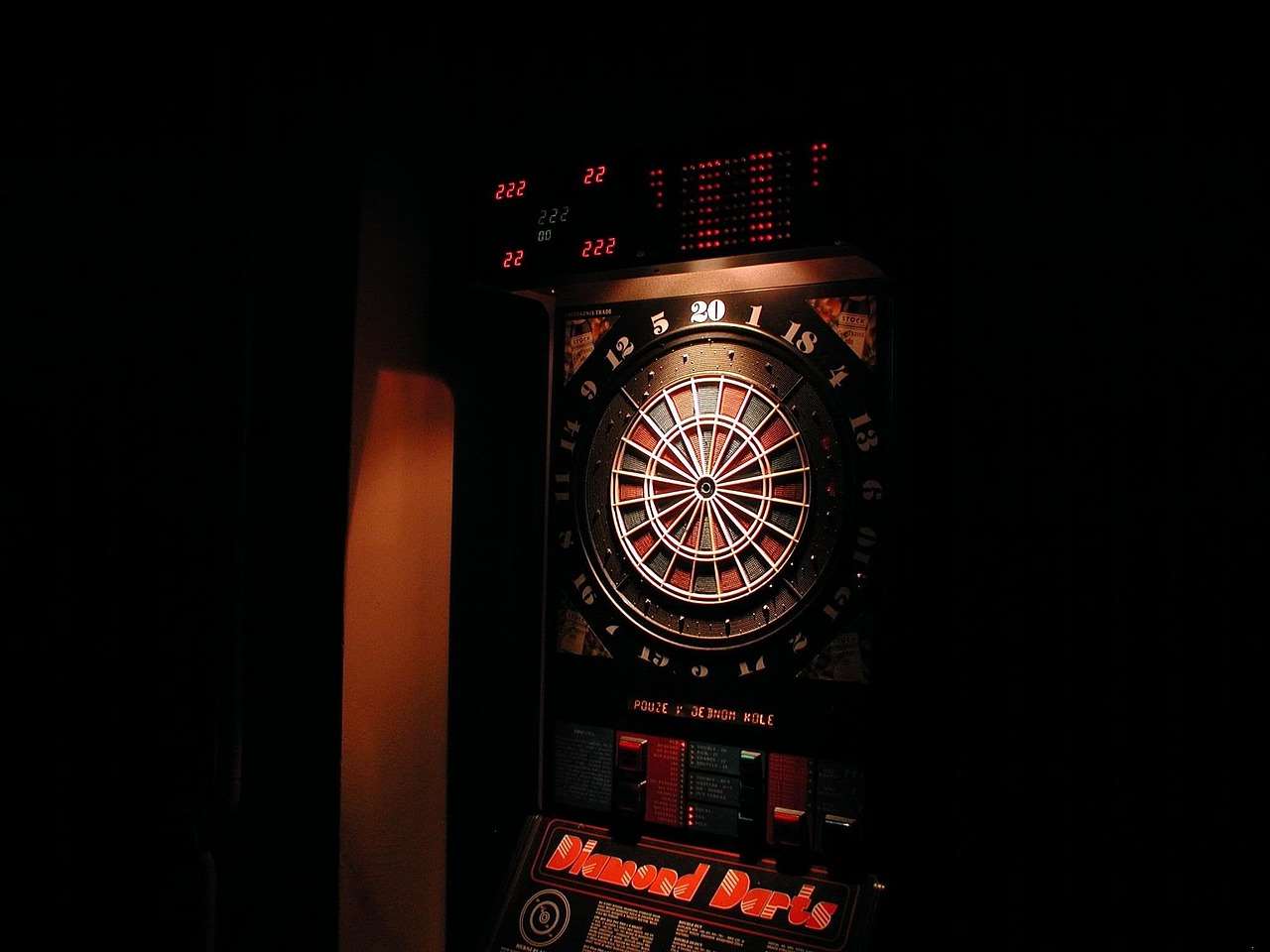
Common Causes of Being ‘Out of Darts’
Several factors contribute to landing yourself out of darts. Recognising them helps you anticipate and avoid these situations.
- Miscalculation: Simple arithmetic errors can lead to incorrect score estimations. Always double-check your mental calculations.
- Poor Checkout Planning: Not thinking ahead about your next few throws is a recipe for disaster. Strategic checkout planning is essential.
- Unforeseen Circumstances: A poor throw or bounce-out can drastically alter your planned checkout route. Adaptability is key.
- Pressure: Feeling the pressure, especially in a close match, can lead to rushed decisions and misthrows.
- Lack of knowledge of combinations: Not knowing the right checkout combinations can lead to leaving yourself an awkward number.
Strategic Checkout Planning to Avoid Being Out of Darts
Preventing out of darts situations begins long before your final few throws. Effective checkout planning involves considering various scenarios and knowing your strengths.
Key Principles of Checkout Planning
- Aim for Setup Shots: Instead of solely focusing on the immediate checkout, prioritise leaving yourself with an easy double. This might involve aiming for a single 20 or 19 to set up a double.
- Understand Popular Checkout Routes: Learn common checkout combinations like 170 (T20, T20, Bullseye), 167 (T20, T19, Bullseye), 164 (T20, T20, D22), 161 (T20, T17, Bullseye) etc.
- Consider Your Strengths: If you’re comfortable hitting a specific double, plan your route to leave yourself on that double.
- Anticipate Potential Mistakes: What if you miss your target? Have a backup plan in mind.
- Use a dart score app or checkout chart: These can help you learn and visualize optimal checkout strategies (available for Free dart score app Free dart score app).
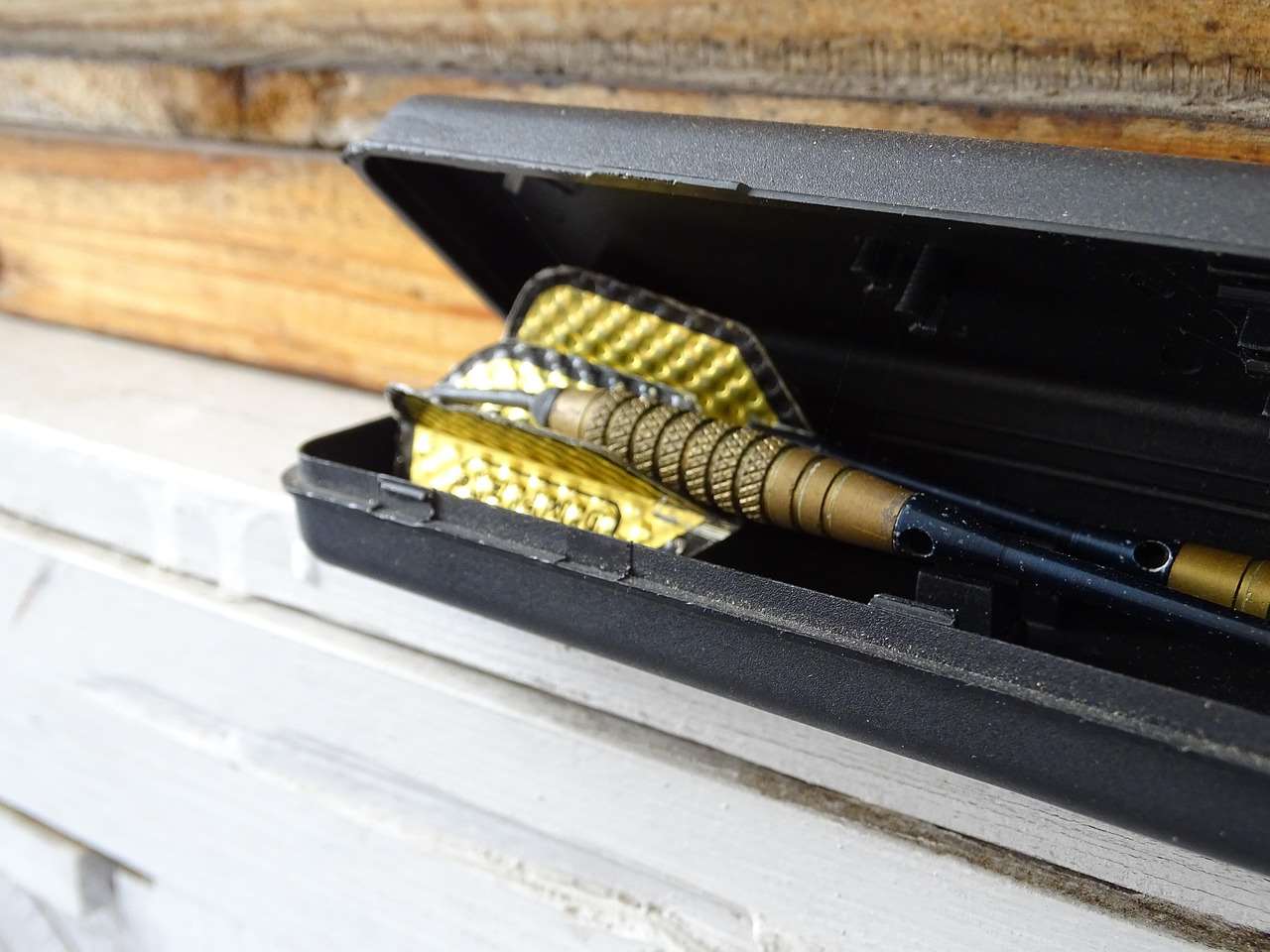
Common Scores to Avoid
Certain scores are notorious for being difficult to checkout from. Here are some to be aware of:
- Odd Numbers (Except 1): It is impossible to checkout on an odd number except for the number 1, since you must finish on a double.
- Scores ending in ‘3’ or ‘9’: These scores often require unconventional checkout routes.
- 163, 166, 169, 172, 173, 175, 176, 178, 179: These are the infamous scores that cannot be checked out.
Recovering When You Are Already Out of Darts
Even with meticulous planning, you might still find yourself out of darts. The key is to remain calm and strategise your recovery.
Steps to Take
- Assess the Situation: What score are you left with? What are your realistic options for the next throw?
- Minimize the Damage: Focus on leaving yourself with a more manageable score for the subsequent round.
- Don’t Panic: Panicking leads to rushed throws and further mistakes. Take a deep breath and focus.
- Look for Opportunities: Even when out of darts, try to position yourself for a better setup if your opponent makes a mistake.
Specific Scenarios and Solutions
Let’s look at some specific examples of being out of darts and potential solutions.
Scenario 1: Left with 3
You’re left with 3. You’re out of darts! Throw a single 1 to leave yourself with 2 so you can finish on double 1 on your next turn.
Scenario 2: Left with 7
You’re left with 7. You’re out of darts! The best play is to try and hit a single 3 to leave yourself with double 2 for your next turn.
Scenario 3: Left with 163
This is an impossible checkout! There is no combination of three darts to finish this score. So, you need to leave yourself an even number the next round so you can get back on track.
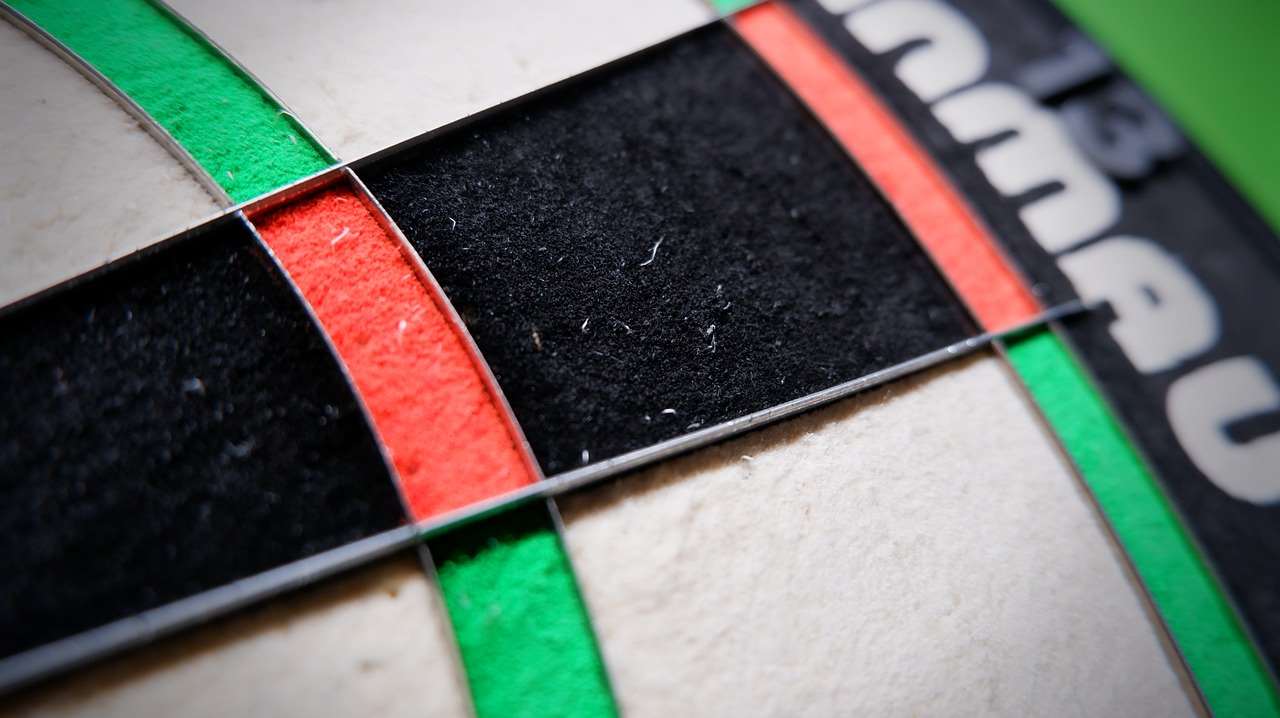
The Mental Game: Staying Calm Under Pressure
Darts is as much a mental game as it is a physical one. When you’re out of darts, it’s easy to get frustrated and lose focus. Here are some tips for maintaining a positive mindset:
- Acknowledge the Mistake: Don’t dwell on it, but acknowledge that you made an error.
- Refocus on the Present: Concentrate on your next throw and your overall strategy.
- Visualize Success: Imagine yourself hitting the target and executing your plan.
- Positive Self-Talk: Replace negative thoughts with encouraging affirmations.
Consider exploring resources related to dart point won’t stay in to ensure your equipment isn’t contributing to your problems.
Practicing Checkout Routines
Consistent practice is crucial for mastering checkout routines and minimizing the chances of being out of darts. Here are some effective practice drills:
- Checkout Challenge: Start with a specific score (e.g., 100) and try to checkout in as few darts as possible.
- Around the Clock: Practice hitting each double on the board in sequence.
- Random Checkouts: Generate random scores and practice your checkout routines.
- Pressure Simulation: Mimic the pressure of a real match by setting goals and consequences for missed throws.
Ensuring you have the correct what are dart board measurements will also help your practice.
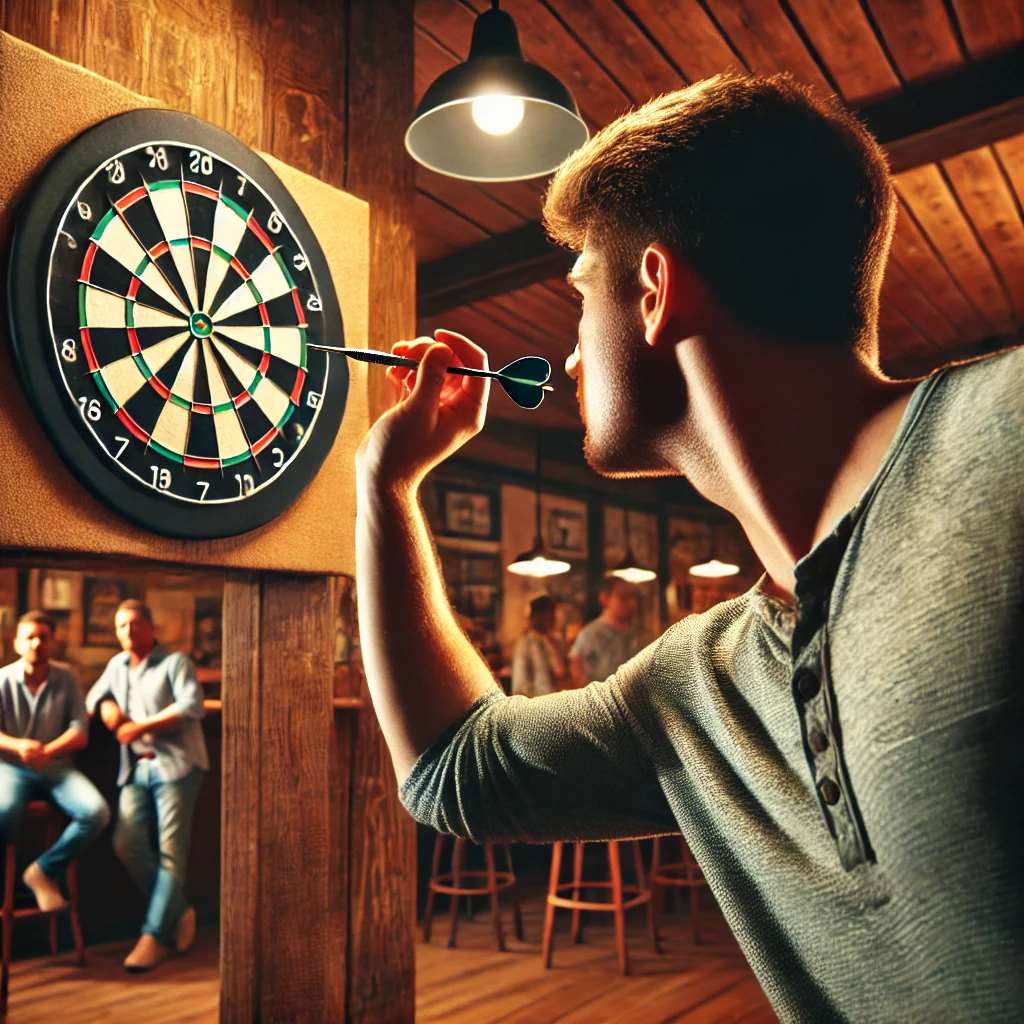
Advanced Checkout Strategies
Once you’ve mastered the basics, you can explore more advanced checkout strategies to further reduce the risk of being out of darts.
- Using the Bullseye as a Setup: If you’re a confident bullseye hitter, consider using it as a setup for higher checkouts.
- Calculated Risk Taking: Sometimes, a slightly riskier throw can set you up for a better finish in the long run.
- Adaptability: Be prepared to change your strategy based on your opponent’s performance.
Keep an eye on darts uitslagen vandaag to study how the pros handle similar situations.
Equipment Considerations
While skill and strategy are paramount, the right equipment can also play a role in minimizing errors that lead to being out of darts. Using quality dart shaft tightener can help prevent equipment failures at critical moments.
- Dart Weight and Balance: Choose darts that feel comfortable and suit your throwing style.
- Dart Shafts and Flights: Experiment with different shaft and flight combinations to find what provides the most consistent trajectory.
- Dartboard Quality: A high-quality dartboard will reduce bounce-outs and improve scoring accuracy. You can research more on dart board spec online before buying.
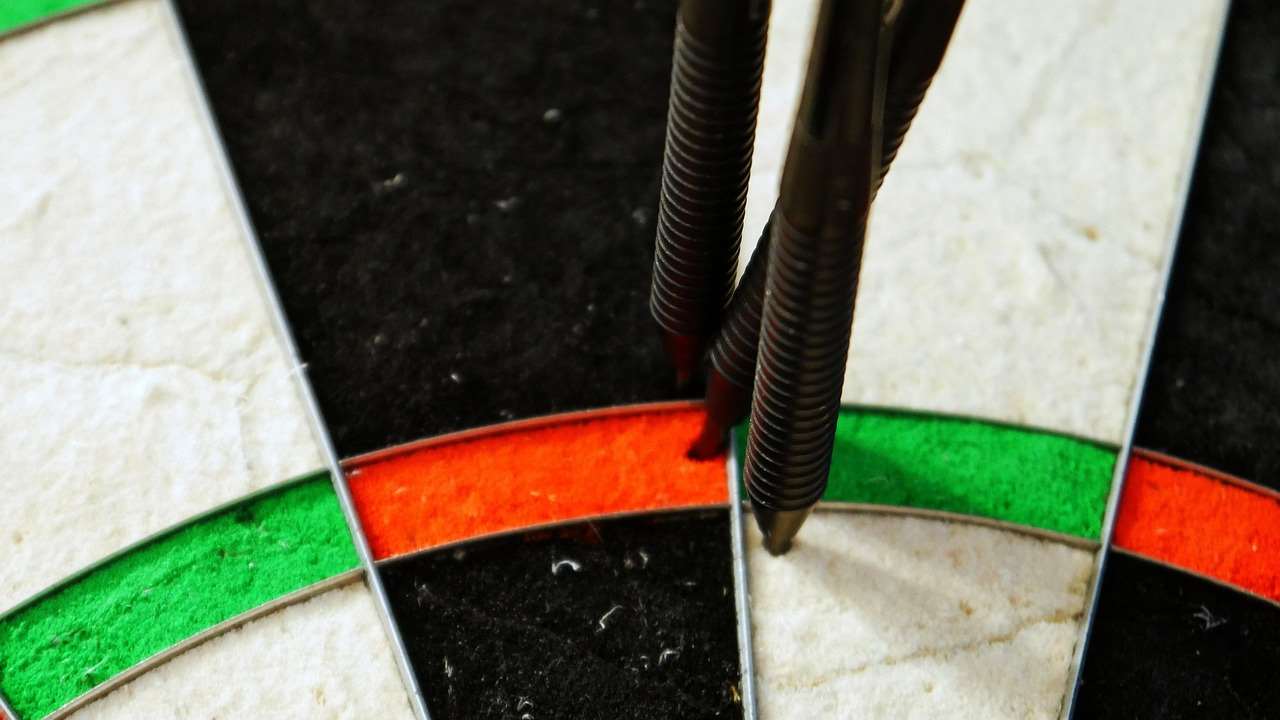
Conclusion
Being out of darts is a frustrating experience, but it’s a challenge that every darts player faces. By understanding the causes, implementing strategic checkout planning, practicing regularly, and maintaining a positive mindset, you can significantly reduce the frequency of these situations. Remember to learn from your mistakes and continually refine your game. So next time you find yourself staring at an impossible score, take a deep breath, reassess the situation, and focus on making the best of it. Ready to elevate your darts game? Find your perfect darts kopen and checkout like a pro!
Hi, I’m Dieter, and I created Dartcounter (Dartcounterapp.com). My motivation wasn’t being a darts expert – quite the opposite! When I first started playing, I loved the game but found keeping accurate scores and tracking stats difficult and distracting.
I figured I couldn’t be the only one struggling with this. So, I decided to build a solution: an easy-to-use application that everyone, no matter their experience level, could use to manage scoring effortlessly.
My goal for Dartcounter was simple: let the app handle the numbers – the scoring, the averages, the stats, even checkout suggestions – so players could focus purely on their throw and enjoying the game. It began as a way to solve my own beginner’s problem, and I’m thrilled it has grown into a helpful tool for the wider darts community.